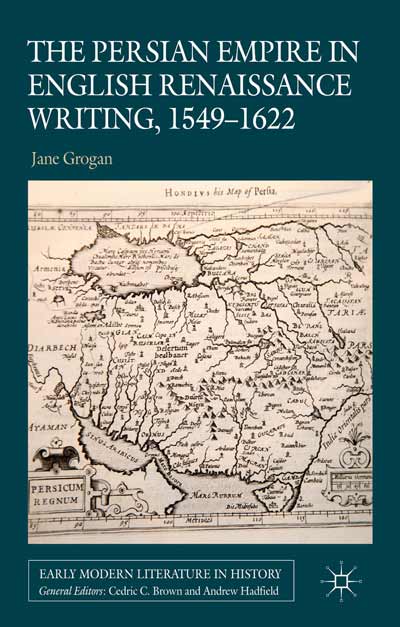
Devos, Bianca. 2018. “History is repeated”: The representation of Persepolis in the Iranian press of the 1930s. Die Welt des Islams 58(3). 326–356.
From spring 1931 to autumn 1939, the University of Chicago`s Oriental Institute con-ducted the first scientific excavations at Persepolis. The excavations coincided with a decade of profound change in Iran’s state and society. Under the rule of Reżā Shāh (1925- 1941), the Iranian state implemented a comprehensive nationalist and modernist reform agenda and propagated a distinctive national Identity. The press played a crucial role in this process, informing the public about the excavations at Persepolis, a site that is highly significant for the nanative of the nation’s past. This article traces how Eṭṭelāʿāt, a leading Tehran newspaper, covered Persepolis and the archeological excavations there. The aim in doing so is to illustrate how the Iranian press developed during the 1930s, a period during which the press was commercialized and professionalized and experienced increasing interference nom the state’s censors.

 Grogan, Jane. 2014.
Grogan, Jane. 2014.  Mozaffari, Ali. 2014.
Mozaffari, Ali. 2014.